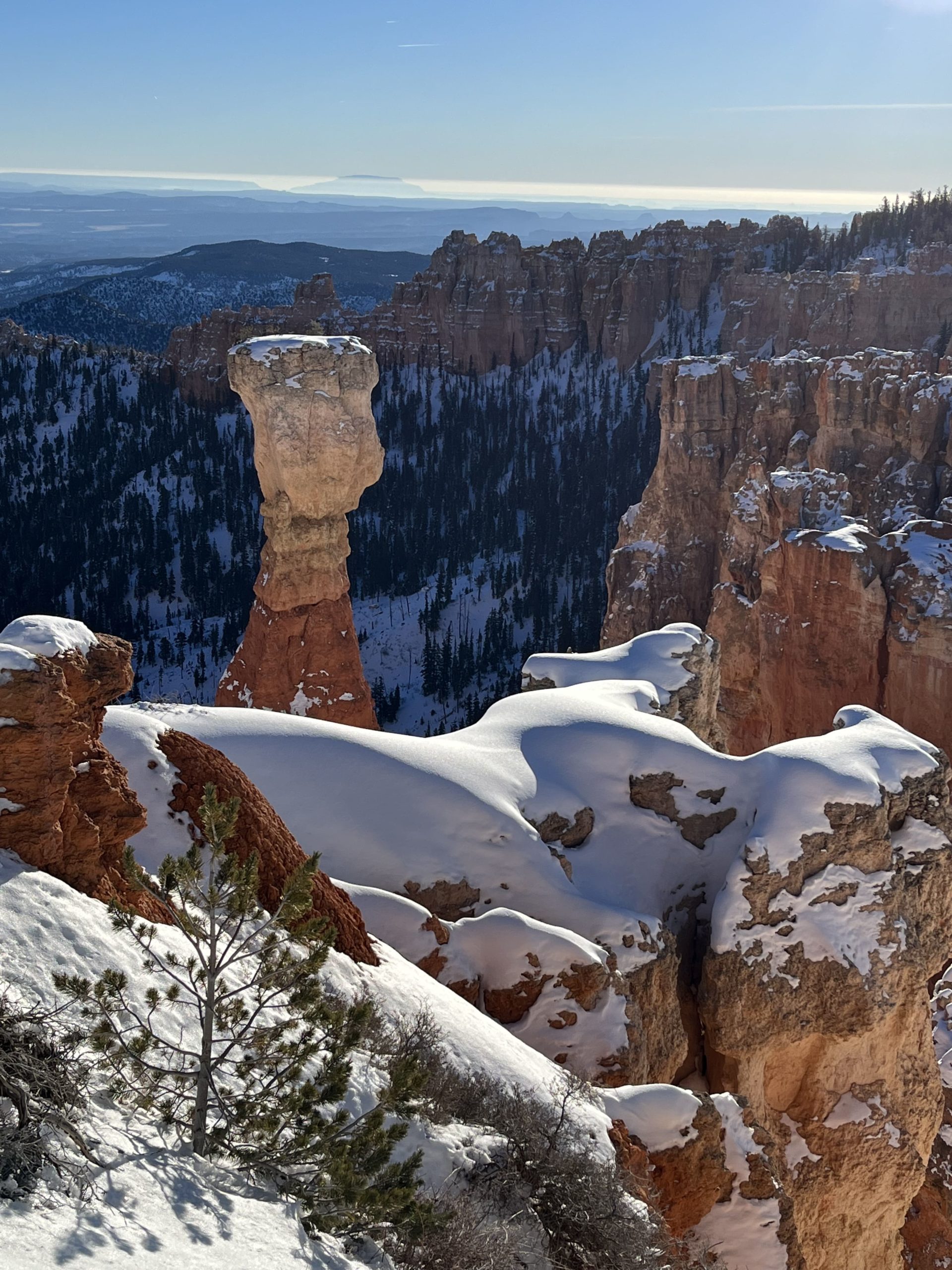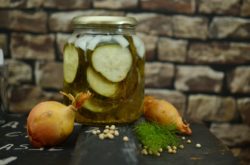
Courtesy & Copyright Mary Heers
Everywhere I looked, the sidewalks and roads were covered in ice. I announced that falling on ice was my least favorite activity. I hated ice.
Then I got an unusual Christmas letter from an old family friend, Paulette Campbell. This letter told the story about the skating pond her 3 sons had built for 15 years at their Logan home. The yard was 30 ft wide, 60 ft long, and flat as a pancake – perfect for creating an ice rink. But it took a lot of work. The boys would begin by packing the snow with a heavy roller pulled by their garden tractor. Then they got out the garden hose and sprayed the surface. Three hours later the water had frozen and it was time to spray again. For the next five nights the family pitched in and the ice got sprayed every three hours. The boys packed down the lumpy spots with a shovel.
When the pond was ready, the neighborhood kids flocked to the pond to skate after school. But at 8pm, the floodlights came on and the big kids took over the ice. It was time to play hockey. The boys’ grandparents, who lived next door, pulled their chairs up to the bay window and watched. They insisted on paying the water bill. They insisted the entertainment was worth it.
By the time I finished reading the letter, I had to admit sliding on the ice could be fun.
I was also starting to rerun in my mind my own family ice story. My cousin, Jill Bakken, had been recruited out of high school by the US Olympic committee to give bobsledding a try. Jill took a liking for this slippery sport. In 2002, at the Salt Lake Winter Olympics, Jill and Vonetta Flowers brought home the gold medal in the first ever women’s bobsled event.
Now, twenty years later, and to top off this story, I screwed up my courage and signed up to ride down the Olympic bobsled track. I was tucked in right behind the driver as the 4-man sled roared down the track. We hit 70 mph and pulled about 3 g’s. At the bottom, I got out of the sled a bit shakily.
But now I had a new point of view: Sliding on ice can be exhilarating.
This is Mary Heers and I’m Wild About Utah
Credits:
Photos: Courtesy Mary Heers,
Featured Audio: Courtesy & Copyright © J. Chase and K.W. Baldwin, Utah Public Radio upr.org
Text: Mary Heers, https://cca.usu.edu/files/awards/art-and-mary-heers-citation.pdf
Additional Reading: Lyle Bingham, https://bridgerlandaudubon.org/
Additional Reading
Wild About Utah, Mary Heers’ Wild About Utah Postings
The Track Sports: Bobsleigh, Luge, Skeleton, Alf Engen Ski Museum, Alf Engen Museum Foundation, https://engenmuseum.org/exhibit/track-sports-bobsleigh-luge-skeleton
Bakken and Flowers win first ever Women’s bobsleigh gold, Salt Lake 2002, International Olympic Committee, https://olympics.com/en/video/bakken-and-flowers-win-first-ever-women-s-bobsleigh-gold-salt-lake-2002
Wright, Sally H. N., Logan family provides ice thrillsShow pleases grandparents, neighbors, The Herald Journal, January 7, 2002, https://www.hjnews.com/logan-family-provides-ice-thrillsshow-pleases-grandparents-neighbors/article_8149fc2d-7e92-5554-a74c-97432423c555.html




